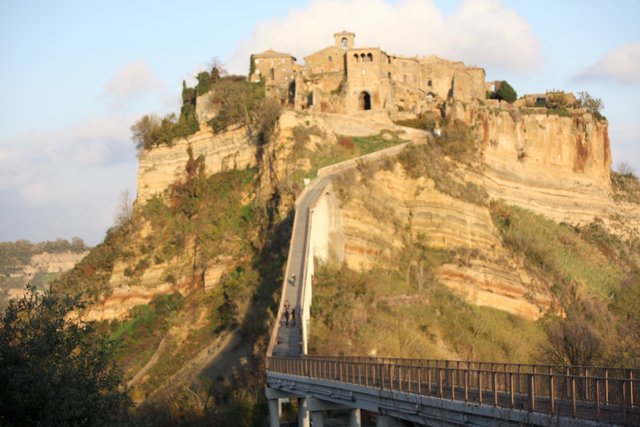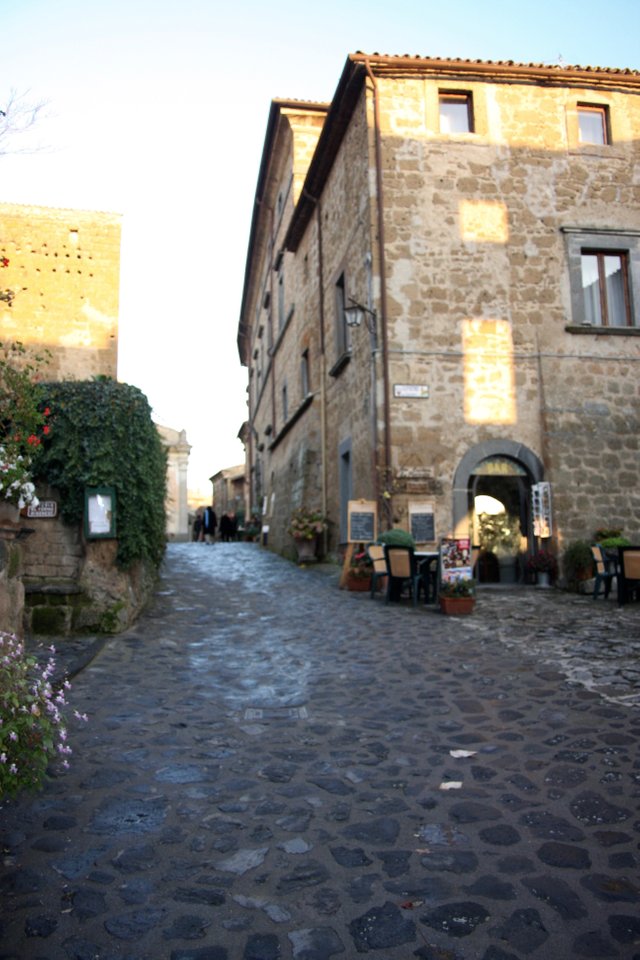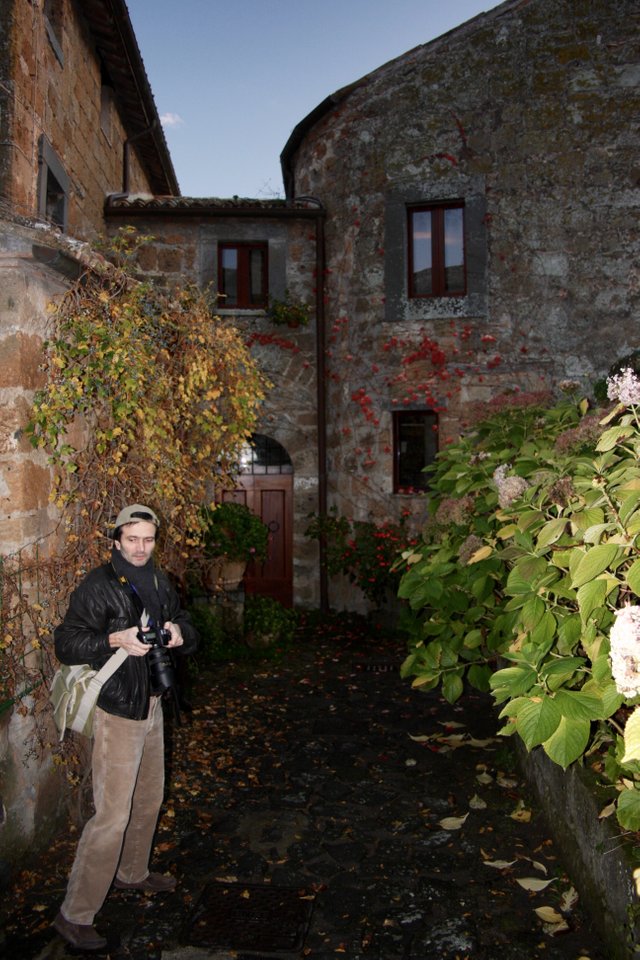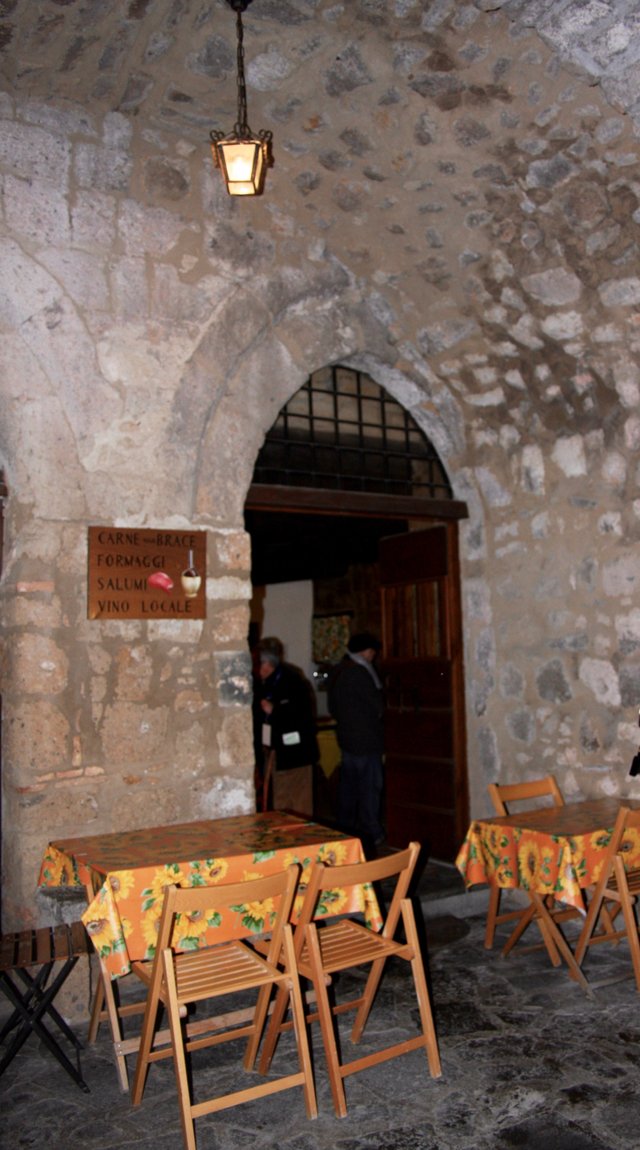The Italian village that clings to its rock perch for dear life
The ancient little village seems as if it could at any moment tumble from the high rock on which it is perched in the middle of an enormous gorge. It is indeed what has over the ages happened to many a building along its verge.
Its name is Civita di Bagnoregio. It is one of those little gems which seasoned travellers of Italy will tell you are only discovered by straying well off the highways.
Situated in the Tiber River Valley about 145 km north of Rome in the province of Viterbo, it strikes an incongruous sight. Its outer walls are perched on the lip of vertical cliffs, seeming quietly resigned to an eventual fate similar to that of buildings that had gone before them as the edges of the rock face kept crumbling.
The only connection between it and the mainland is a long and narrow bridge built across the valley about fifty years ago to allow pedestrians, mostly tourists, to visit the forlorn hamlet and for small delivery vehicles to bring provisions to its few inhabitants and their restaurants and shops.

The bridge leading to the hamlet perched on a rock.
It is a curious experience, first contemplating from a distance the old structures topping the forlorn hill, and then afterwards standing in the middle of its small piazza surveying the surrounding buildings, meandering along its narrow lanes and here and there nipping into a small shop for a taste of delicacies that can be anything from wine, olives and cheese to pastries and cakes.
The church facing on to the piazza is not big and ornate as Italian cathedrals go, but, perhaps because it is left so high and dry along with its tiny community in that desolate valley, it has a particularly pensive air about it. Round the corner from it is a millstone inside a small building with a rut around it that was trodden deep by donkeys that were in earlier times used to grind grain.

The town's old main road that is now hardly more than a walkway.
The name Civita di Bagnoregio says much about the place’s travails. Civita used to be the name of the town on the high rock and Bagnoregio that of its suburb about two kilometres away. Roles switched, with the latter by about the 16th century becoming the thriving dominant part and Civita getting known as “the dying town”.

A narrow lane pinched between old stone walls.
In the 17th century a major earthquake caused its bishop and the municipal administration to relocate to Bagnoregio, hastening the town’s decline in the same way that persistent erosion was increasingly cutting it off from the “mainland”.
Civita keeps serving the region as a tourist attraction, but even so its changed status was a dramatic change of fortune for a town which the Etruscans founded as far back as 200 BC, or even earlier, when the Roman empire itself was still feeling its way to greatness.
It is in fact not only because of its peculiar location but much for reason of its rich history that it apparently got placed on the World Monuments Fund’s watch list with the aim of containing the cliffs’ erosion, better regulating its tourist traffic and keeping its historic buildings intact.

Small eateries are a favourite with visitors.
It over the ages passed through many hands. It served as a haven for the early Christians; the Visigoths occupied it when they invaded the Roman empire; the Lombardi’s of northern Italy passed through; in 700 AD the king of France somehow had possession of it; and in 1100 AD it apparently became a commune for old people.
It was the birthplace of Saint Bonaventure , a prominent theological scholar and philosopher who died in 1274. His house is one of those that had gone over the edge.
On the way there we had another taste of the region’s rich history. It came by way of a nearby town named Montefiascone. It is said that in the 12th century a bishop who was on his way to attend the coronation of the Pope had a scout travel ahead to taste the wine. When he found it to be good he had to write est (it is) above the inn's door. At Montefiascone the scout thought the wine so good he wrote Est! Est!! Est!!!
The bishop is believed to have tarried there a good while.
Resteemed for excellent international content!
Watch for Expat Embassy.
Thanks.
Looks amazing!
Beautiful. Thank you for sharing this gem.
It is on my list of the must go to places now :)
oh dear, I think I have to go there!